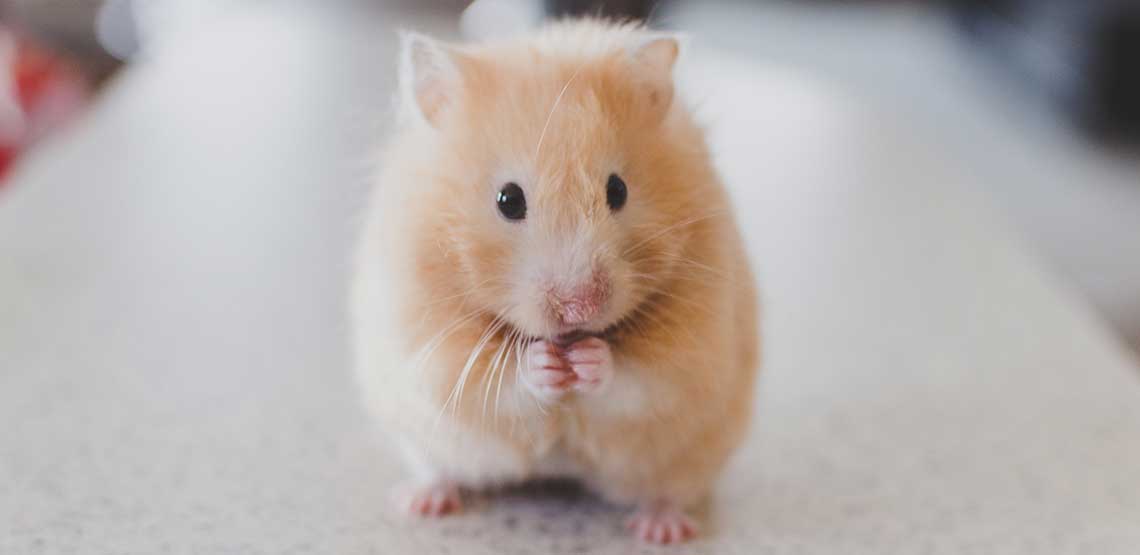Pet Hamsters are a Great Choice for Kids
Few rodents are as soft and cuddly as a hamster, and that's one reason why so many children choose them as their first pet. However, like any animal, hamsters demand attention and care, and it's irresponsible to shirk that responsibility. You need to treat your hamster well to reap the rewards of an enjoyable companion, and the best place to start is with a good grasp of their specific characteristics.
A keen eye and good understanding of hamster health will help you choose the right hamster for you, and remember that the way you handle and care for your hamster from the very beginning will help to shape its demeanor. Learn where to begin and how to keep your pet hamsters in good health with a few helpful tips.
Types of Pet Hamsters
Hamsters may seem like they're all the same, but there are a few different types, each with slightly different needs. For instance, the larger Syrian hamster is more solitary than the smaller Campbell and Winter White hamsters, which are more like pet mice in their social behavior. The third major type is the Chinese hamster, and although they are a bit less common than Syrian or dwarf hamsters, though their welcome temperament makes them an appealing choice.
Syrian Hamsters: Also known as teddy bear hamsters or golden hamsters, these are typically good-natured and easy to handle, which makes them a good choice if younger children will be playing and caring for them. Only keep one Syrian hamster to a cage, as they are very territorial and will tend to fight with each other.
Dwarf Hamsters: Include the Dwarf Campbell, the Dwarf Winter White and Roborovski hamsters. These breeds can often be kept in same sex pairs or groupings if they're introduced at a young age. They are the smallest hamsters, and as they are fairly agile, they can be tricky to handle. They have a reputation for nipping when aggravated.
You May Also Like:
Related Search Topics (Ads):
Behavior: All hamsters are generally nocturnal, but they may be active for short times during the day. Try to respect their sleep cycles: a good number of nips and bites can be attributed to picking up your hamster when they're trying to get some sleep! Check with the breeder or pet store to make sure you know which breed you're getting, that way you'll know how best to house them and what sort of behavior to expect.
The Key to Healthy Hamsters
Choosing a Healthy Hamster: Look for a fluffy and smooth coat, clean eyes and ears, dry nose and a curious attitude. If you can, get a glimpse of the teeth, too: rodents' teeth can become overgrown and will damage the gums if they get unwieldy or too crooked. When it comes to breathing, a healthy hamster will take quick but quiet breaths without wheezing or gurgling. Finally, watch the hamster move around the cage to make sure it's not stiff or suspiciously slow -- that can be a sign of pain or problems with limbs and joints.
Keeping Your Hamster Healthy: Once you get your hamster home, settle into a good feeding and cleaning routine. Decide on whether you want to go with a pellet diet or a loose seed diet, be sure to line the cage with plenty of clean and soft nesting material. You'll also want to provide your pet hamster with toys for chewing and accessories for exercise. And if you find yourself with a litter of baby hamsters, do not handle them and do not interfere with the mother hamster's postpartum routine. In fact, it's best to stay well away from the nest for at least 10 days, while the babies grow strong and alert enough to develop a routine and become accustomed to their surroundings.

